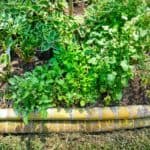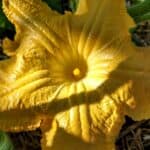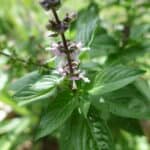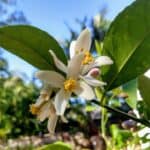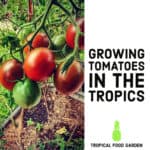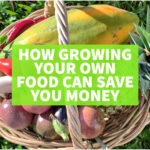This post may contain affiliate links.
What’s growing, fruiting, flowering, germinating, and cropping in our tropical food garden in September. That’s the first month of spring where we are. By the end of the first week of September the days were starting to get unpleasantly hot. For the first time I could feel summer coming and dreading it, honestly. There was a little rain in very early September but our grass is brown and dead already. Other than the grass, everything else was just exploding in September, particularly after that little bit of rain. Watering was essential.
Most vegetables and fruits in our tropical food garden will grow as perennials. By keeping this month by month record I’m trying to learn and become a better gardener.
Jackfruit
The first few to form may be very close to ripe. It’s impossible to tell as they’re high. New fruit is still forming at the very start of September.
Lemons
The lemon tree flowered in late August and by the first week in September we can see set fruit swelling. Wet and windy conditions blew a lot of the blossom away and pollinators seemed thin on the ground, so that was a relief. Luckily we still have lemons in the freezer from the last harvest.
Lemongrass
The lemongrass is in bloom. We recently divided the lemongrass clumps and harvested some to use in recipes and for tea.
Ruby Grapefruit
No sign of flowering. Last year’s fruit is all gone. The grapefruit tree never lets us down though!
Papayas
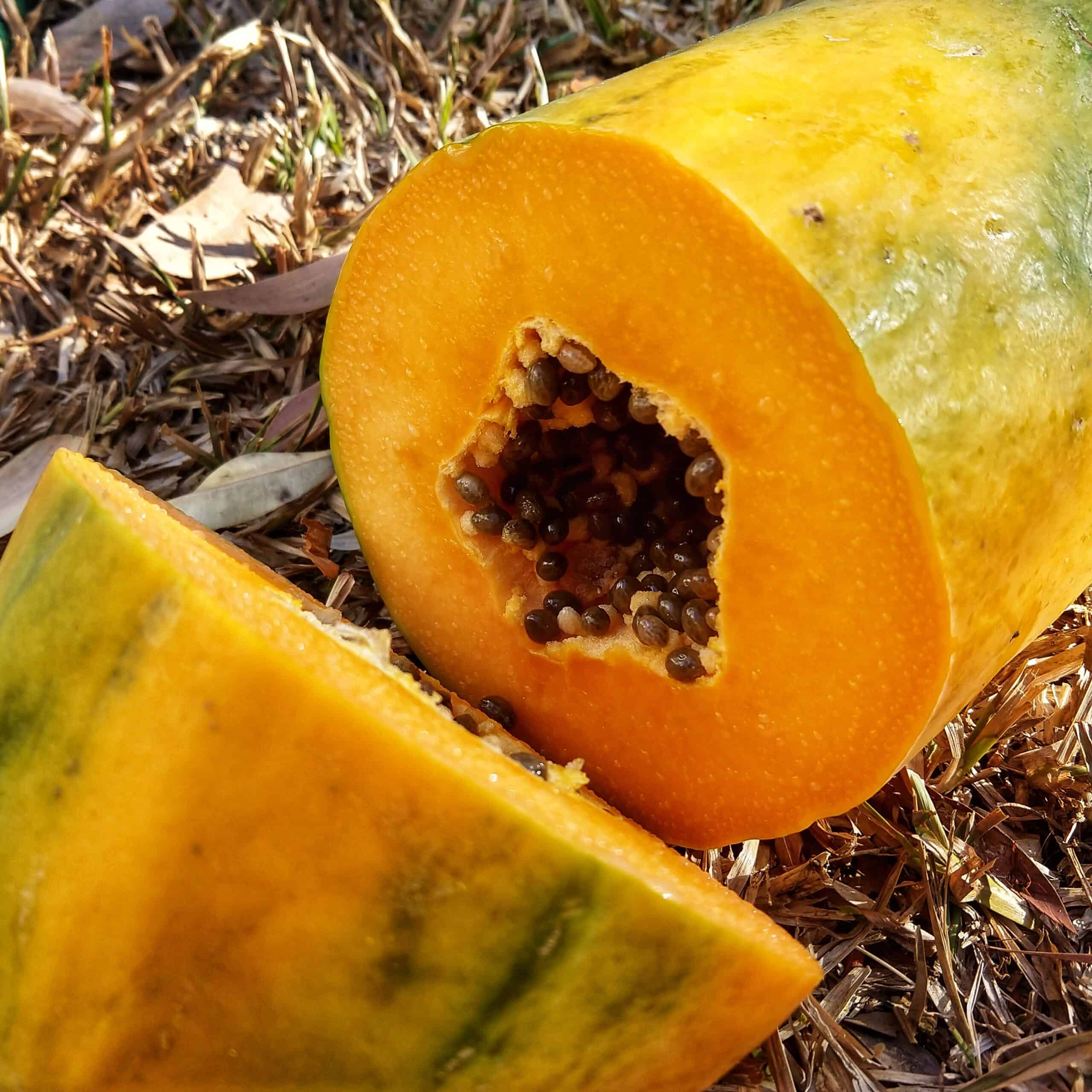
I picked the first papaya on the 5th of September. It weighed in at 2.5 Kg and tasted like heaven. This is from a bisexual plant, bought at about six inches high. It’s been in the ground probably 18 months and this was the first ripe fruit. We’re growing more from seed.
Papayas grow well in the tropics and are a cornerstone of a tropical garden, offering sweet fruit, green papaya for savoury dishes, shade, and support. They are a fairly short-lived tree, so it’s good to add more trees fairly regularly.
Mango
The mango tree came into flower in the first week of September
Avocado
The avocado tree started forming new leaves and flowering, first week of September.
Strawberries
Nope, not growing strawberries currently.
Peppers and Chillies
Our larger, sweeter hot chillies have just burst into top production again after taking a little break in the cooler months. They started putting on good growth and flowering like crazy as the days warmed up.
The Thai birds’ eye chillies are producing, as always, they go all year round and the birds haven’t attacked them for a while. I’m hoping those birds were migrants and they’ve gone. They were a kind of very glossy red-eyed starling and they could strip all the chillies off a small bush in moments.
Maybe the bright red eyes of these birds gave the Thai birds’ eye chillies their name.
We have loads of chillies and peppers grown from seed at various stages. A feed of manure seems to have really perked them up.
Bush Beans
Growing well now, about to flower. They seem to prefer the warmer weather now.
Snake Beans
Flowering, producing more beans, harvesting beans. The snake beans are doing well. The association between green ants and snake beans is interesting. Tip : Chickens like green ant nests.
We’ve also planted snake bean seedsin August and September, they grew, but the September ( the first month of spring) plantings grew faster and caught up.
Also harvesting dwarf red snake beans, from pot-grown plants, sewn from seed . Not sure of the date we planted them, but we harvested the first beans from these plants 6th September.
Aubergines
Aubergines seem to really like September. We have five different varieties and they’re all looking great. Production really picked up at the end of August into September.
Pumpkins
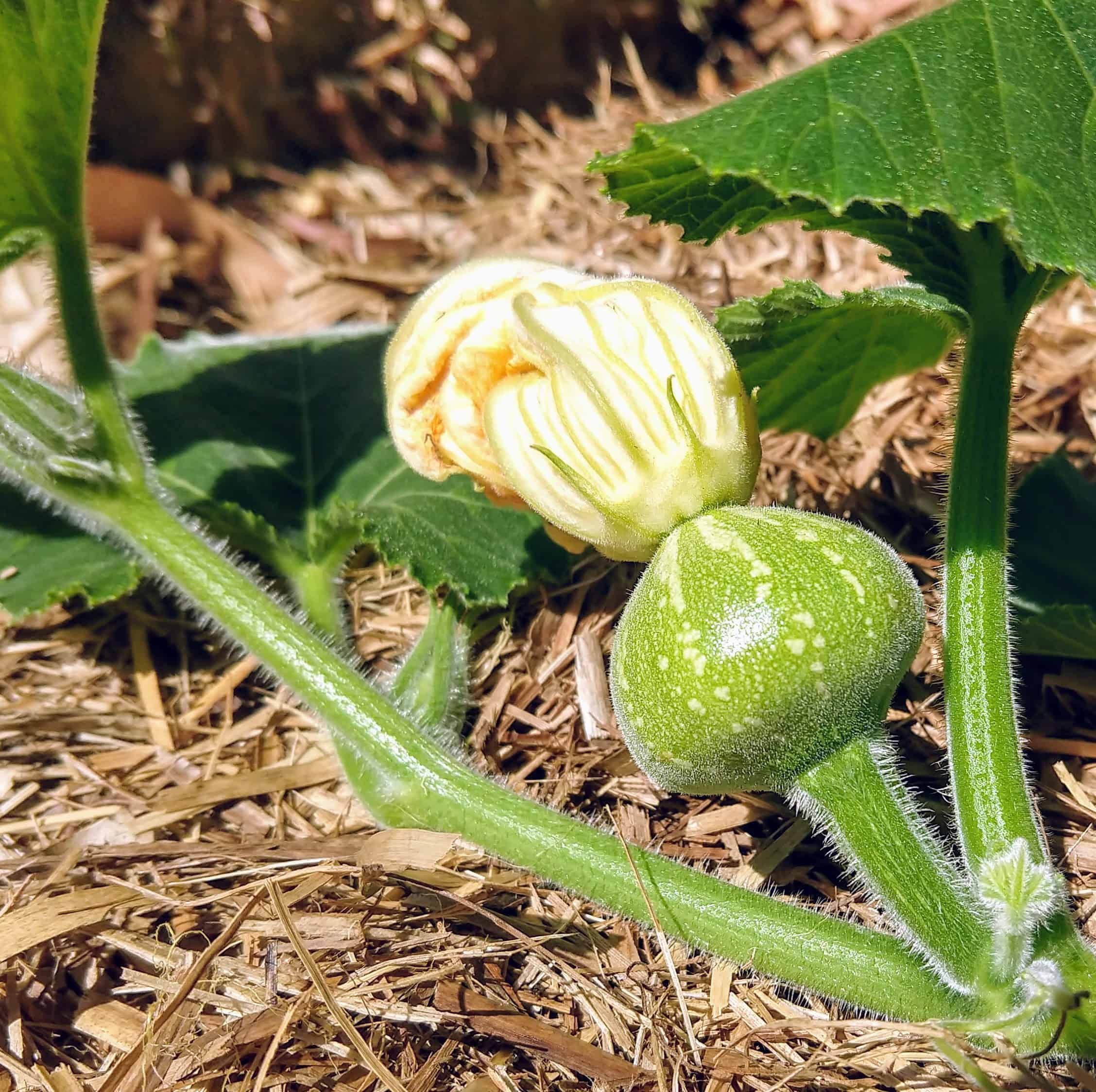
Flowering, plus new seedlings coming. First female flowers forming. Plan to plant more this month along with pumpkin companion plants.
Thai Basil
Going strong, still flowering, self-seeding and attracting bees. We’re making sure there is plenty of Thai basil around the garden to keep those bees coming. This grows really easily from cuttings struck in water, seemingly all year round.
As the days are getting drier we’re being certain to water the basil plants early and late, they do wilt in the heat.
Garlic Chives
These flat-leaved chives seem pretty indestructible. We failed to grow regular chives here years ago so we switched to garlic or flat-leaved chives. We planted these as seedlings in December. The plants are grown and we use handfuls of the leaves regularly. They go all year round and have never flowered or gone to seed.
We’ve started dividing the main clumps to use these as an edging plant, as suggested by various permaculture sources.
Cherry Tomatoes
Flowering and forming fruit. Harvesting from some plants from the middle of August, later plantings are still forming fruit and starting to ripen.
Heritage/ Larger Tomatoes
Seeds planted 5th of August. The roma tomatoes are covered in fruit. The Black Russians are a bit recalcitrant and seem to only like to form two fruit at once.
Pineapples
One pineapple plant flowering and forming fruit. The rest doing nothing much. Flowers started forming on the pineapple plants in late August two years on the run.
Sweet Potato
Not growing sweet potato currently.
Kale
Three varieties of kale, from bought starts and seed. Harvesting leaves regularly for salad.
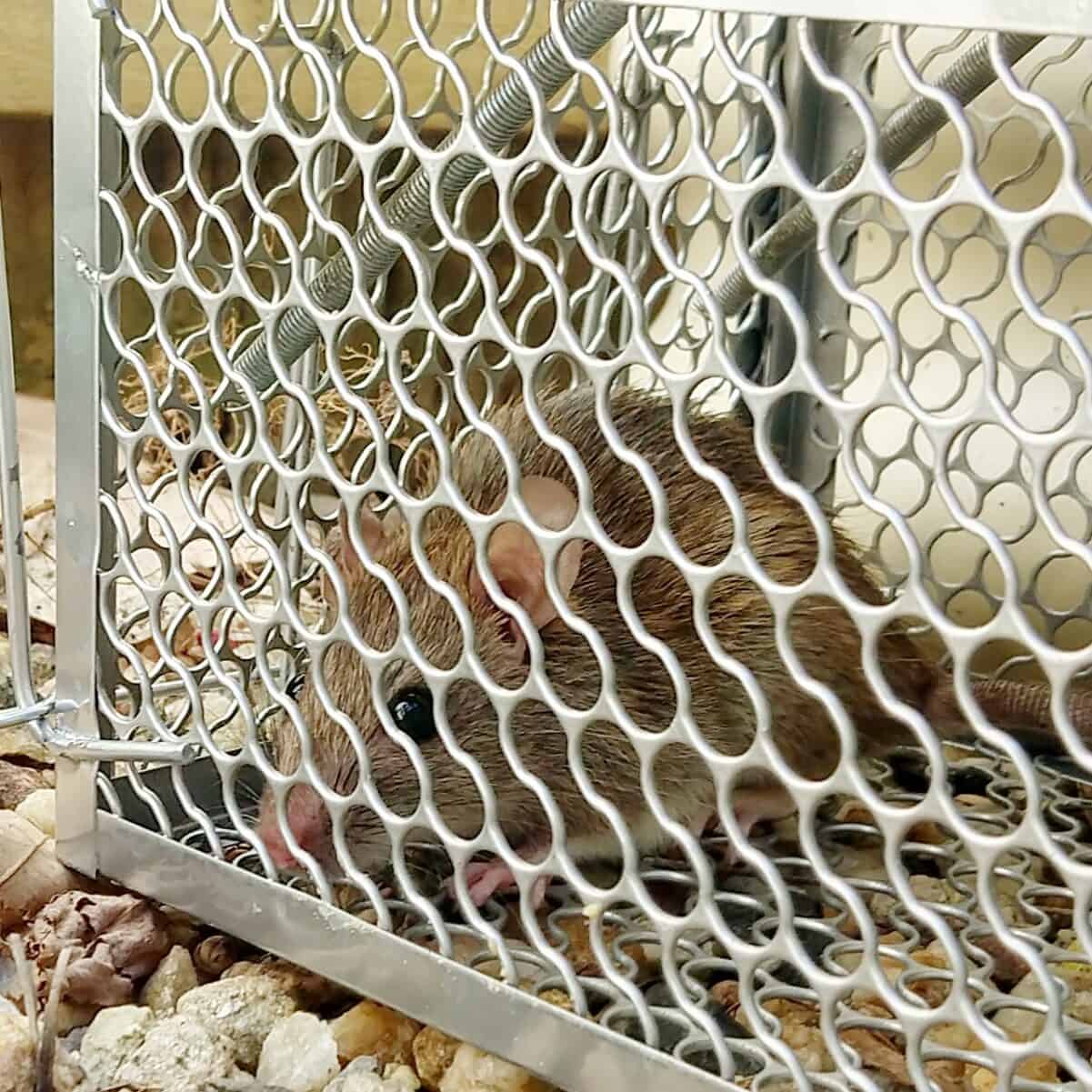
We had some caterpillars on a few plants in early September. Hand squished. We also had rats eating the kale. Humane rat traps dealt with them.
Rocket
Since first sewing rocket seeds in the garden in its first year, we’ve never once been short of rocket. It just keeps coming as we harvest individual leaves, in large quantities, to add to salad.
We tend to buy a bulk lettuce from the store and add kale leaves and rocket leaves for flavour. We’ve seen rocket at most times of year and it’s always germinated and grown well. The trick is to give rocket some shade to stop it boulting.
We have wild rocket and cultivated rocket. Wild rocket leaves are much smaller than the cultivated rocket leaves and are fiddly and annoying to harvest. I don’t see any advantage in growing wild rocket over regular garden rocket although it’s much-touted as a permaculture garden plant.
Radish
The radish seeds sewn in August are patchy. Some are growing strong, others not. No sign of roots forming.
Silver Beet
These are much happier now the days are warmer and I gave them a top dressing of manure. Silverbeet tastes like dirt, I won’t be growing it again. That’s a great tip for new gardeners, only grow what you enjoy eating!
